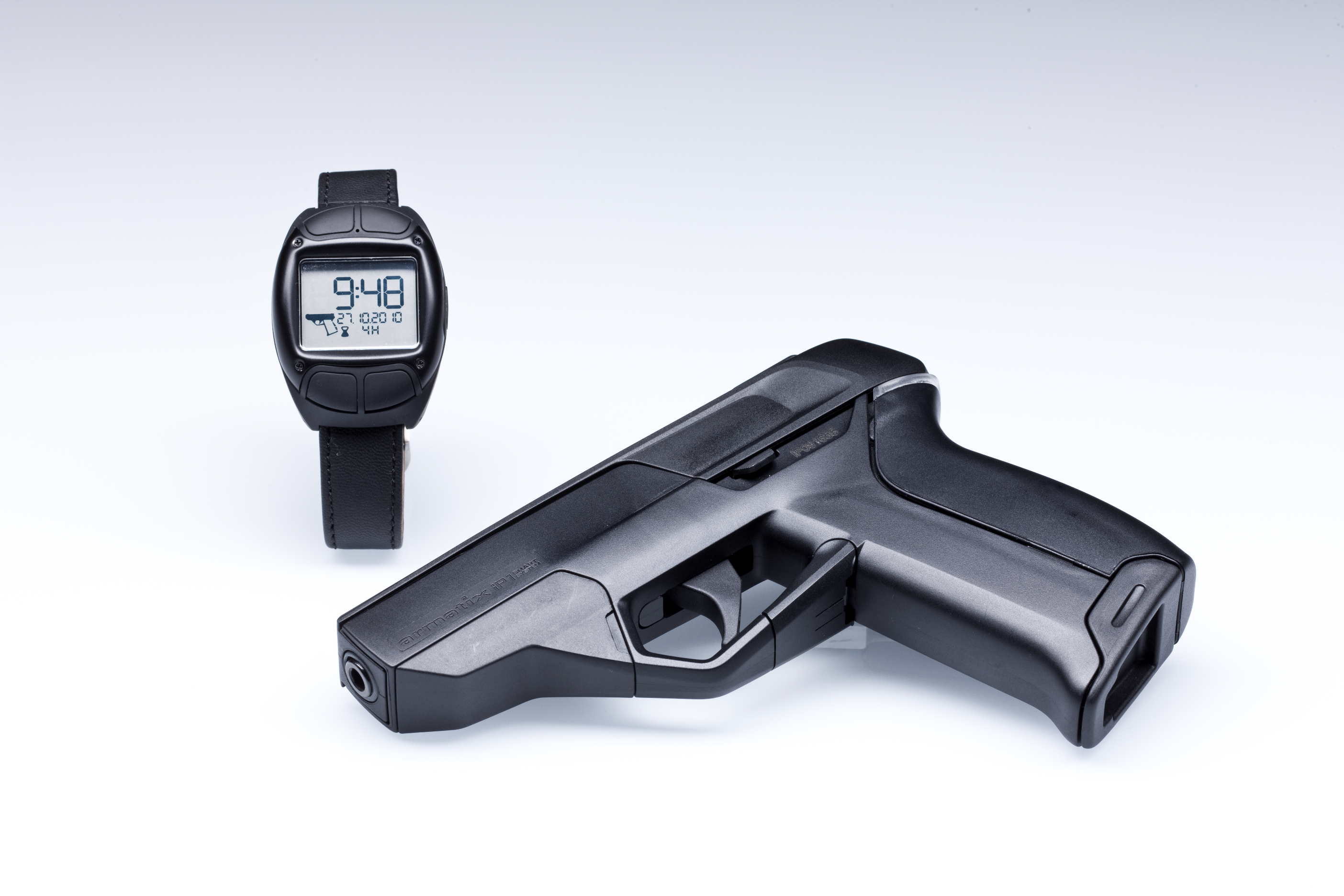How New York’s Mayor Could Push Smart Guns

A one-year-old girl in Kansas City, Missouri shot and killed herself with her father’s gun while he slept. A two-year-old boy in Milwaukee fatally shot his mother while she drove down the highway. A three-year-old in Grout Township, Michigan found a gun in his home and shot himself in the arm. Fortunately, he is expected to survive.
Between January and April of this year, 23 toddlers in the United States —ages one, two, or three—have found a gun and accidentally shot people, sometimes fatally, including themselves, according to a study by The Washington Post.
So-called “smart guns” could help provide a possible solution to this ongoing tragedy. If the guns in question had been smart guns—which can only be fired by their owner—none of these toddlers would have been able to shoot them.
And now, some New York politicians are pushing Mayor Bill de Blasio to help this technology become mainstream, arguing that the mayor could play a major role in the future of smart guns. The reason: the NYPD is the second largest gun buyer in the U.S.
Only the federal government is a bigger customer. By adding smart guns to the city’s approved firearms list, New York City Comptroller Scott Stringer said, de Blasio could establish a demand for the technology—making smart guns profitable to produce and paving a path for average Americans to buy them.
According to the office of the comptroller, New York’s chief financial officer, the city currently pays for weapons purchased by individual officers from an approved list. He also said the cost of smart guns is comparable to other weapons on the market, though slightly more expensive because the technology is still relatively new.
In late April, President Obama joined the conversation when he publicly encouraged gun manufacturers to sell smart guns to law enforcement agencies.
A representative with the NYPD acknowledged that technology can benefit law enforcement but said the department believes smart gun technology is not far enough developed for them to take an official stance on its integration. Repeated inquiries to de Blasio’s office on exactly how firearms are approved for the NYPD list were not returned.
A smart gun knows who is meant to operate it in a number of ways—from fingerprint identification to a technology that allows the owner to wear a special watch or ring that, in close range, emits a radio frequency identification to the gun, allowing it to fire.
The National Rifle Association is not ready to jump on the smart gun train.
“The technology isn’t proven to the point where it works on every occasion,” said Lars Dalseide, a spokesman for the organization. He outlined instances in which a gun’s fingerprint scanner might not work properly or a radio signal watch or ring might get damaged in pursuit of a criminal. Either scenario could potentially prevent an officer’s gun from firing properly in time. Until it’s a viable technology, he added, the NYPD will have to rely on researchers. However, a 2013 report by the National Institute of Justice found that a fingerprint-locking system developed by Kodiak Industries has an expected failure rate of 1 in 10,000—which is less than the failure rate of the firearm itself.
Currently, no major U.S. gun manufacturers produce smart guns. Only several small technology companies, such as Armatix, a German company, make the product. A representative for Smith & Wesson could not be reached for comment.
Meanwhile, Jeffries and Stringer are not the only Gotham politicians advocating for smart gun development. Eric L. Adams, the Brooklyn Borough President, is encouraging Brooklyn college students to develop smart gun technologies. He pledged to give $1 million to the college with the best proposal, in order to advance smart gun development. Adams said the NYPD has agreed to test prototype weapons and “help work out the kinks.” De Blasio’s office has been supportive of these measures.
The Impact
One Shoe At A Time: A Mother Turns Pain Into Purpose
An Unsolved Shooting Baffles a Mom for Two Decades
How Grief and Anger Turned Into Action
Silver Gun: A Robbery in Queens
Shooter: “It’s Either Them or Me”
After a Single Dad is Shot, a Community Reels
